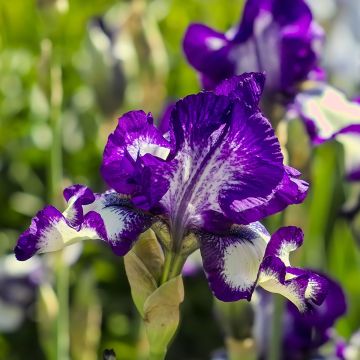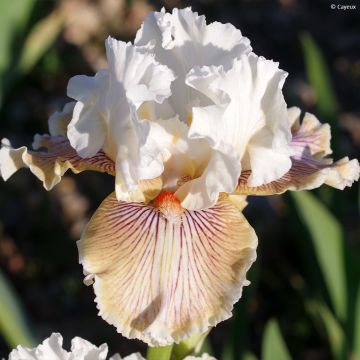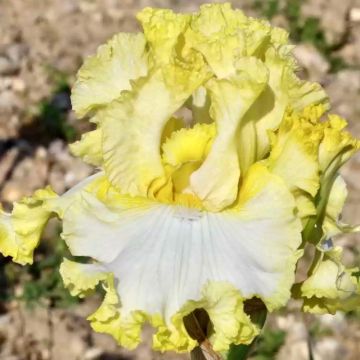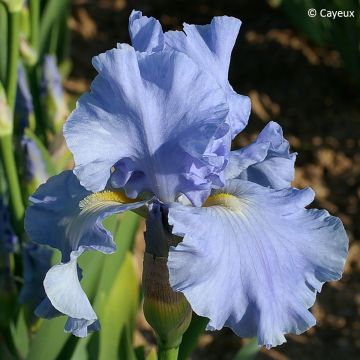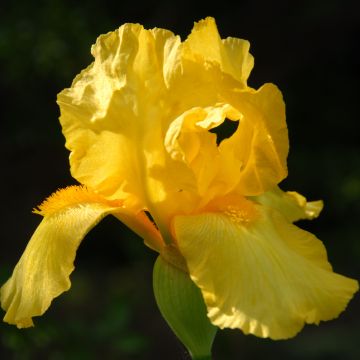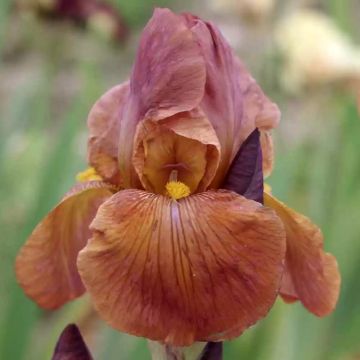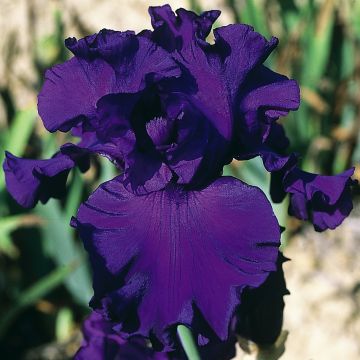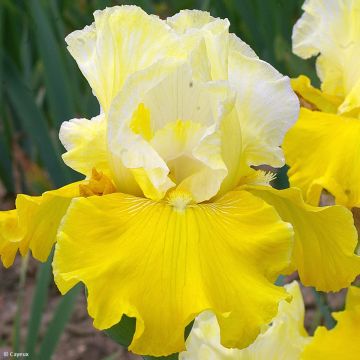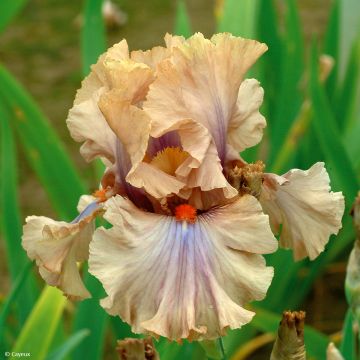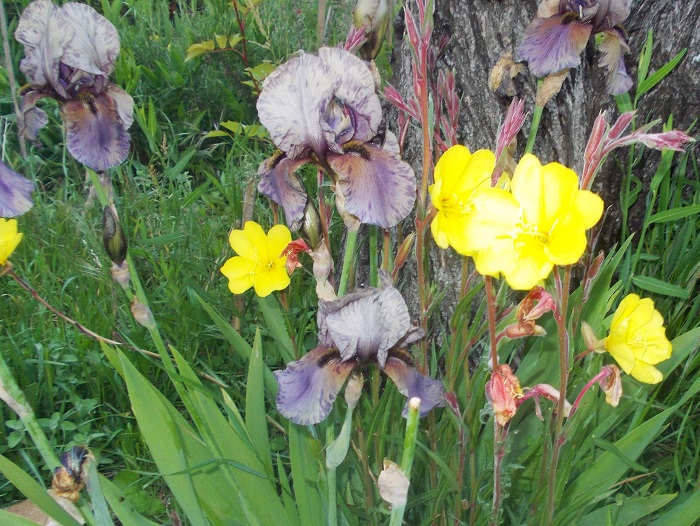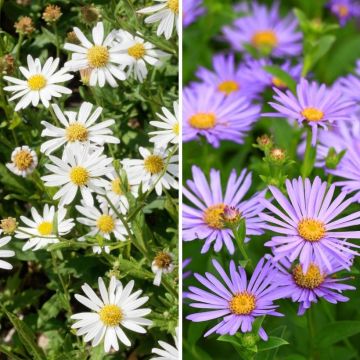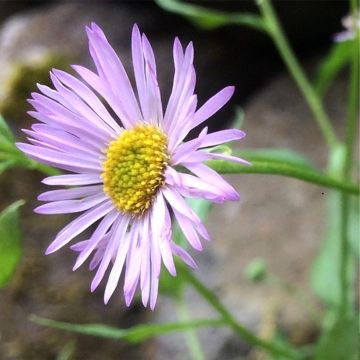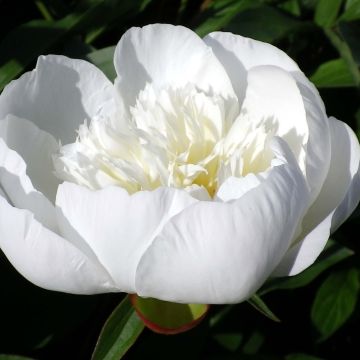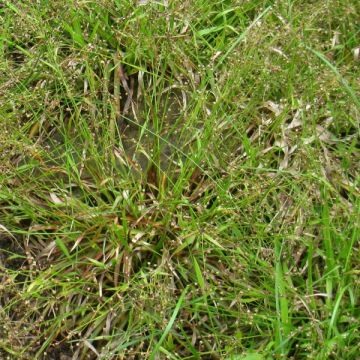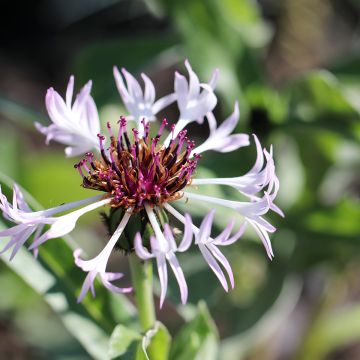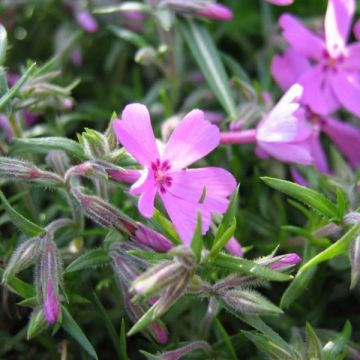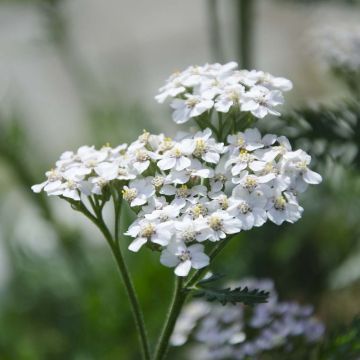

Iris germanica Fall Fiesta - Iris des jardins
Iris Fall Fiesta
Iris germanica Fall Fiesta
German Iris, Bearded Iris
Bulb a little small. Waiting for next spring to assess its recovery...
Anne-Francoise G., 19/09/2018
Special offer!
Receive a €20 voucher for any order over €90 (excluding delivery costs, credit notes, and plastic-free options)!
1- Add your favorite plants to your cart.
2- Once you have reached €90, confirm your order (you can even choose the delivery date!).
3- As soon as your order is shipped, you will receive an email containing your voucher code, valid for 3 months (90 days).
Your voucher is unique and can only be used once, for any order with a minimum value of €20, excluding delivery costs.
Can be combined with other current offers, non-divisible and non-refundable.
Why not try an alternative variety in stock?
View all →This plant carries a 12 months recovery warranty
More information
We guarantee the quality of our plants for a full growing cycle, and will replace at our expense any plant that fails to recover under normal climatic and planting conditions.
Would this plant suit my garden?
Set up your Plantfit profile →
Description
The 'Fall Fiesta' German Iris, also known as the 'Fall Fiesta' tall bearded iris, has large, fragrant, coppery orange-brown flowers with a red beard. This variety will charm you with its warm and contrasting colours. It has vigorous growth and quickly forms beautiful clumps. Perfect for borders, beds and slopes.
Iris 'Fall Fiesta' is a deciduous rhizomatous perennial plant with upright tufts of foliage in spring. It belongs to the Iridaceae family. It is one of the many cultivars that have been bred for centuries, with its disputed origins debated around the number of chromosomes of its potential ancestors. It is established that Bearded Irises have European origins. 'Fall Fiesta' reaches 90 cm (35in) high when in bloom, and the clump spreads indefinitely over time, with the central rhizomes becoming bare as the outer rhizomes take over. 'Fall Fiesta' is elegant and upright, with dense tufts of long sword-shaped, glaucous green and highly veined leaves. Floral stems appear in April and bloom from the top down in May. The colour is enhanced by the silky texture of the petals and sepals, as is typical of Garden Irises. It is worth noting that the flowers are also very fragrant.
Do you have a sunny, warm location, relatively dry in summer?
This is the ideal spot for Irises! They do not thrive in shade and will not flower. They are hardy and do not require winter protection. Well-drained, relatively dry soil is perfectly suitable, even dry and limestone. Excessively moist soil can lead to rhizome rot. Plant them from July to September to allow the rhizomes enough time to grow and develop new roots before winter. They should be planted as soon as they are purchased for the best results. Plan to divide the irises every 4 years to provide them with fresh soil. They have vigorous growth and require space to develop and bloom well. Plant them with appropriate spacing for the size and vigour of the variety: approximately 34-50 cm (13-20in) for tall irises. In a monochrome planting, the rhizomes should be planted in a staggered pattern. For a mix of colours, plant them in groups of several plants of the same variety. Always consider the direction of rhizome growth by arranging them in a star shape, with buds and leaves facing outward, and spacing them well away from other varieties to allow room for growth.
Planting
Dig a hole that is wide and deep enough. Create a small mound of soil in the hole, place the rhizome and spread out the roots on top of it. Cover the roots with soil but leave the rhizome slightly exposed at the soil surface. It should not be planted in a dip (risk of rot), so anticipate that the soil will settle and the iris will sink. In clay or damp soil, the rhizome should even be left elevated on a slight mound. To ensure the soil clings to the roots, lightly firm the soil and water abundantly after planting. Water 2-3 times if necessary until the plant is established.
Maintenance:
Keep the soil free from weeds by lightly hoeing, taking care not to damage the rhizomes or roots. Weeds create shade for the irises, retain moisture (leading to rot), and attract slugs. Also, remove dry leaves. If they are diseased (red-bordered spots of heterosporiosis), burn them. Remove faded flowers.
The vegetable garden can be planted with a few clumps or borders of irises for cutting.
Iris Fall Fiesta in pictures
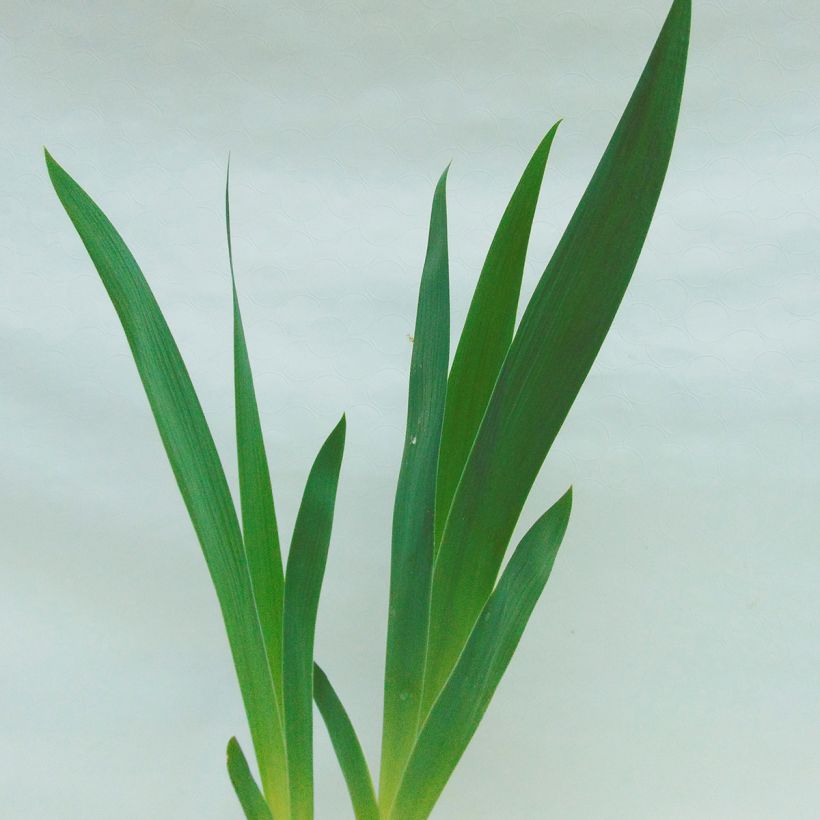

Flowering
Foliage
Plant habit
Botanical data
Iris
germanica
Fall Fiesta
Iridaceae
German Iris, Bearded Iris
Cultivar or hybrid
Other German Iris - Bearded Iris
View all →Planting and care
Iris 'Fall Fiesta' should be planted shallowly, leaving the rhizome exposed at ground level. Add sand if the soil is too heavy or too wet and place the rhizomes on small mounds. Ensure good drainage so that the irises do not rot. In summer, this iris should be watered 1 to 2 times a month. After flowering, cut the flower stems to 10 cm (4in) from the ground. Damaged leaves should only be removed in autumn. It is not a good idea to provide too much nitrogen as it weakens the plant and increases the number of leaves at the expense of flowers. Taller flower stalks can become brittle. Iris can be susceptible to heterosporosis, a disease identifiable by oval brown spots. To prevent it, treat the irises with Bordeaux mixture at the beginning of the growing season. Divide the clumps every 4 years in summer after flowering by digging up the entire plant. Take the most beautiful young plants from the rhizome, usually those on the outer edge, and transplant them to an area where there have been no irises for at least a year.
Planting period
Intended location
Care
Planting & care advice
-
, onOrder confirmed
Reply from on Promesse de fleurs
Similar products
Haven't found what you were looking for?
Hardiness is the lowest winter temperature a plant can endure without suffering serious damage or even dying. However, hardiness is affected by location (a sheltered area, such as a patio), protection (winter cover) and soil type (hardiness is improved by well-drained soil).

Photo Sharing Terms & Conditions
In order to encourage gardeners to interact and share their experiences, Promesse de fleurs offers various media enabling content to be uploaded onto its Site - in particular via the ‘Photo sharing’ module.
The User agrees to refrain from:
- Posting any content that is illegal, prejudicial, insulting, racist, inciteful to hatred, revisionist, contrary to public decency, that infringes on privacy or on the privacy rights of third parties, in particular the publicity rights of persons and goods, intellectual property rights, or the right to privacy.
- Submitting content on behalf of a third party;
- Impersonate the identity of a third party and/or publish any personal information about a third party;
In general, the User undertakes to refrain from any unethical behaviour.
All Content (in particular text, comments, files, images, photos, videos, creative works, etc.), which may be subject to property or intellectual property rights, image or other private rights, shall remain the property of the User, subject to the limited rights granted by the terms of the licence granted by Promesse de fleurs as stated below. Users are at liberty to publish or not to publish such Content on the Site, notably via the ‘Photo Sharing’ facility, and accept that this Content shall be made public and freely accessible, notably on the Internet.
Users further acknowledge, undertake to have ,and guarantee that they hold all necessary rights and permissions to publish such material on the Site, in particular with regard to the legislation in force pertaining to any privacy, property, intellectual property, image, or contractual rights, or rights of any other nature. By publishing such Content on the Site, Users acknowledge accepting full liability as publishers of the Content within the meaning of the law, and grant Promesse de fleurs, free of charge, an inclusive, worldwide licence for the said Content for the entire duration of its publication, including all reproduction, representation, up/downloading, displaying, performing, transmission, and storage rights.
Users also grant permission for their name to be linked to the Content and accept that this link may not always be made available.
By engaging in posting material, Users consent to their Content becoming automatically accessible on the Internet, in particular on other sites and/or blogs and/or web pages of the Promesse de fleurs site, including in particular social pages and the Promesse de fleurs catalogue.
Users may secure the removal of entrusted content free of charge by issuing a simple request via our contact form.
The flowering period indicated on our website applies to countries and regions located in USDA zone 8 (France, the United Kingdom, Ireland, the Netherlands, etc.)
It will vary according to where you live:
- In zones 9 to 10 (Italy, Spain, Greece, etc.), flowering will occur about 2 to 4 weeks earlier.
- In zones 6 to 7 (Germany, Poland, Slovenia, and lower mountainous regions), flowering will be delayed by 2 to 3 weeks.
- In zone 5 (Central Europe, Scandinavia), blooming will be delayed by 3 to 5 weeks.
In temperate climates, pruning of spring-flowering shrubs (forsythia, spireas, etc.) should be done just after flowering.
Pruning of summer-flowering shrubs (Indian Lilac, Perovskia, etc.) can be done in winter or spring.
In cold regions as well as with frost-sensitive plants, avoid pruning too early when severe frosts may still occur.
The planting period indicated on our website applies to countries and regions located in USDA zone 8 (France, United Kingdom, Ireland, Netherlands).
It will vary according to where you live:
- In Mediterranean zones (Marseille, Madrid, Milan, etc.), autumn and winter are the best planting periods.
- In continental zones (Strasbourg, Munich, Vienna, etc.), delay planting by 2 to 3 weeks in spring and bring it forward by 2 to 4 weeks in autumn.
- In mountainous regions (the Alps, Pyrenees, Carpathians, etc.), it is best to plant in late spring (May-June) or late summer (August-September).
The harvesting period indicated on our website applies to countries and regions in USDA zone 8 (France, England, Ireland, the Netherlands).
In colder areas (Scandinavia, Poland, Austria...) fruit and vegetable harvests are likely to be delayed by 3-4 weeks.
In warmer areas (Italy, Spain, Greece, etc.), harvesting will probably take place earlier, depending on weather conditions.
The sowing periods indicated on our website apply to countries and regions within USDA Zone 8 (France, UK, Ireland, Netherlands).
In colder areas (Scandinavia, Poland, Austria...), delay any outdoor sowing by 3-4 weeks, or sow under glass.
In warmer climes (Italy, Spain, Greece, etc.), bring outdoor sowing forward by a few weeks.


































